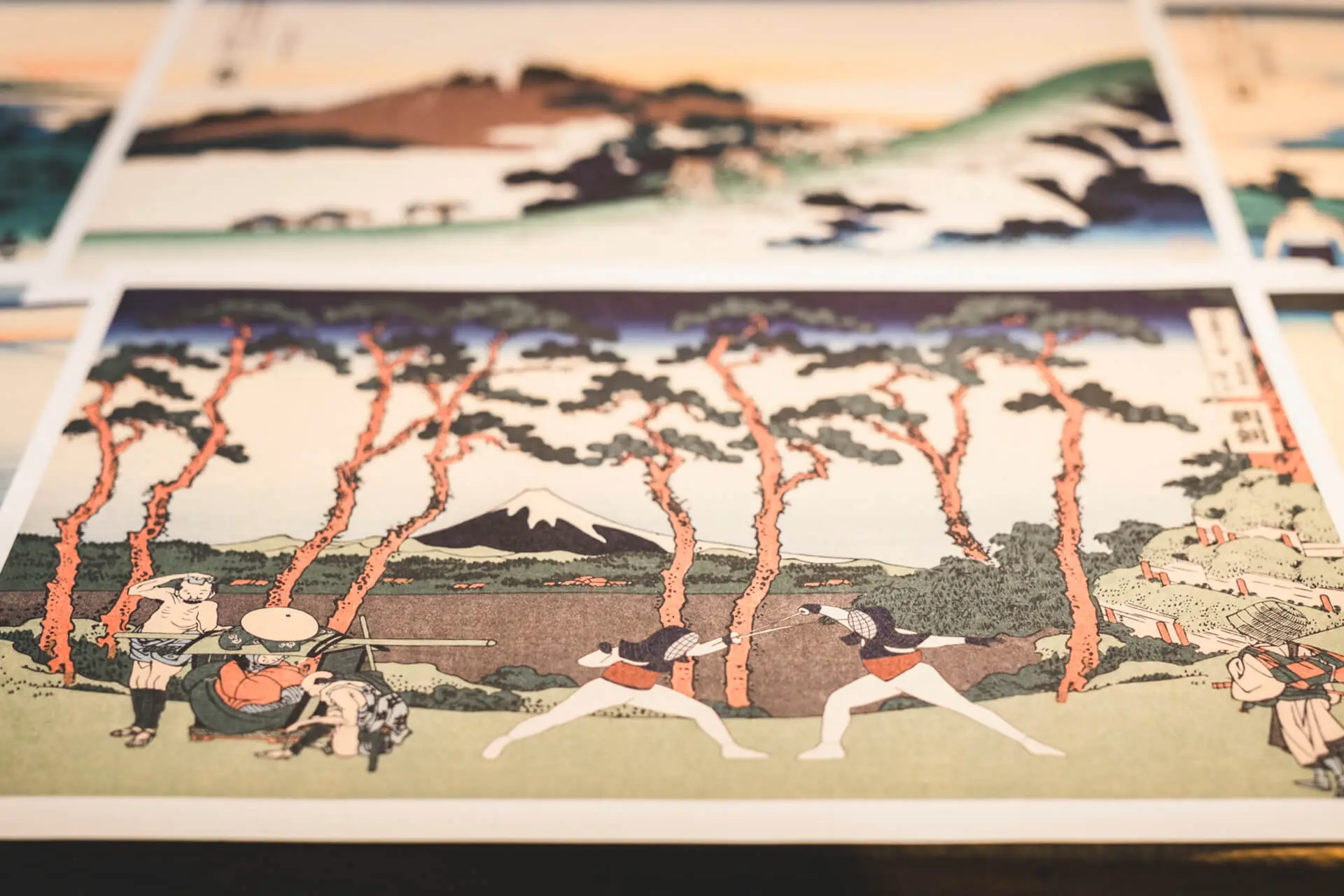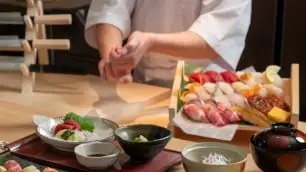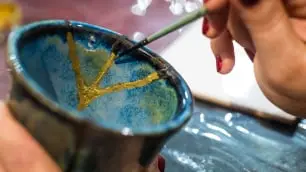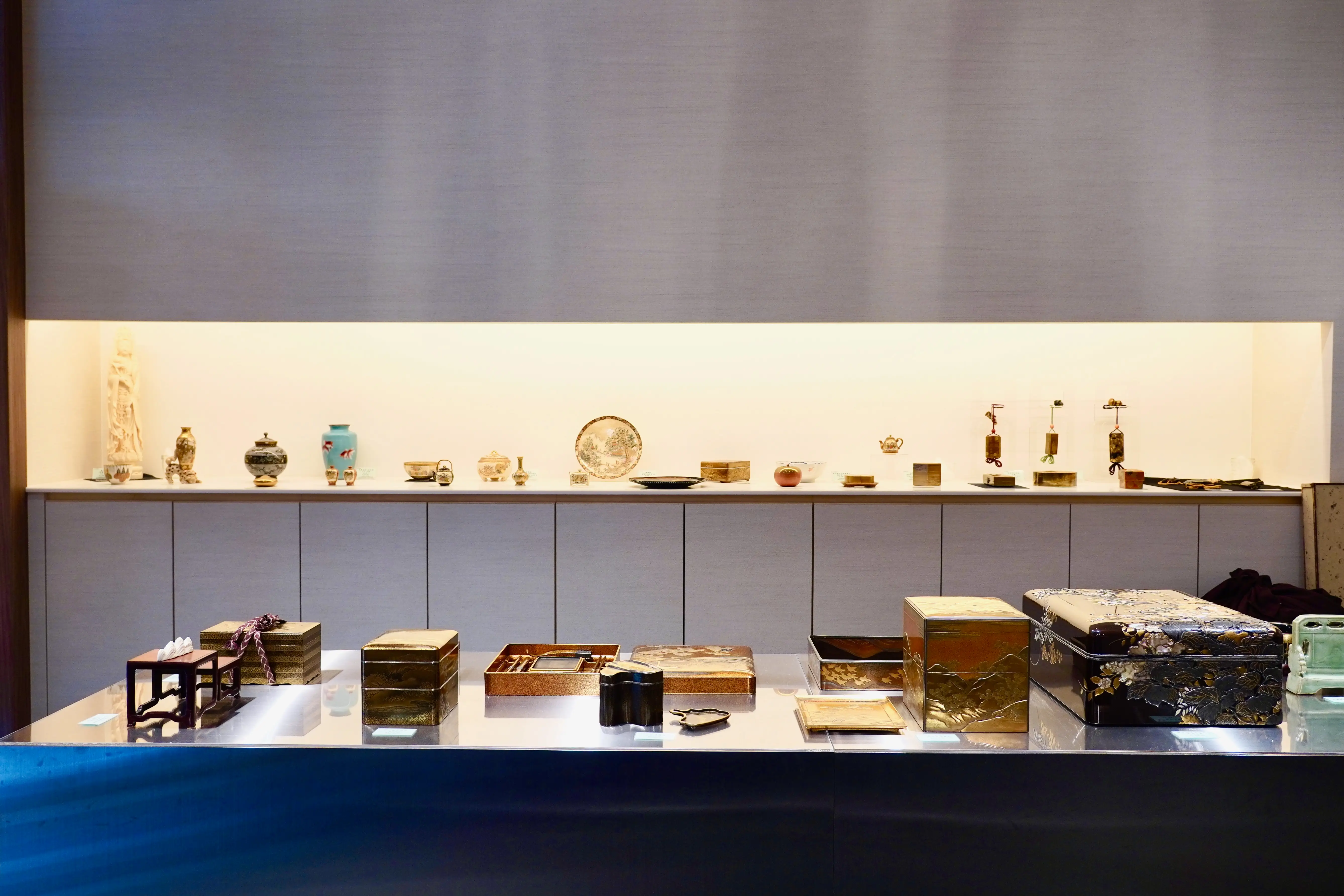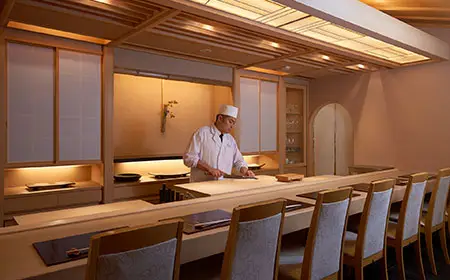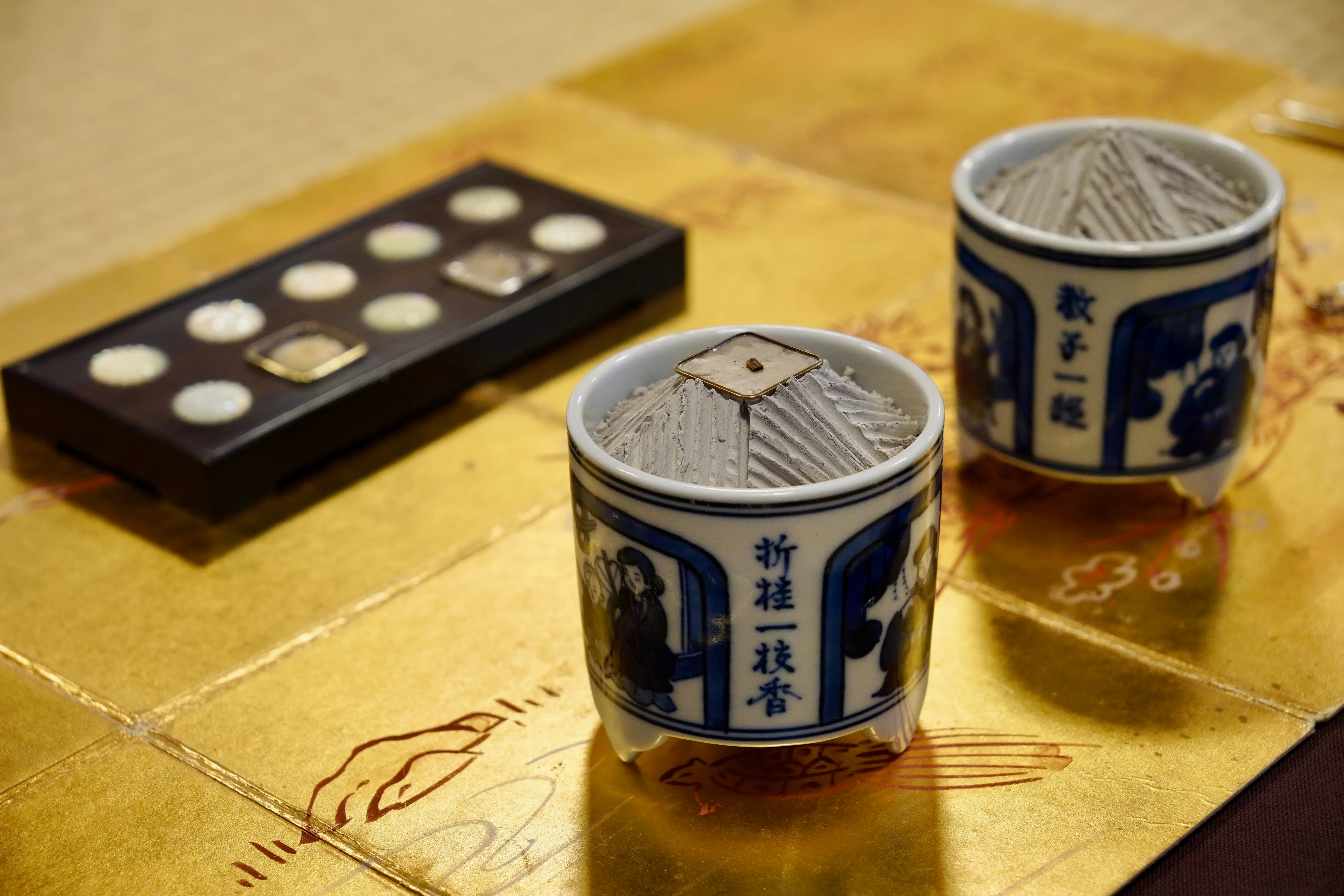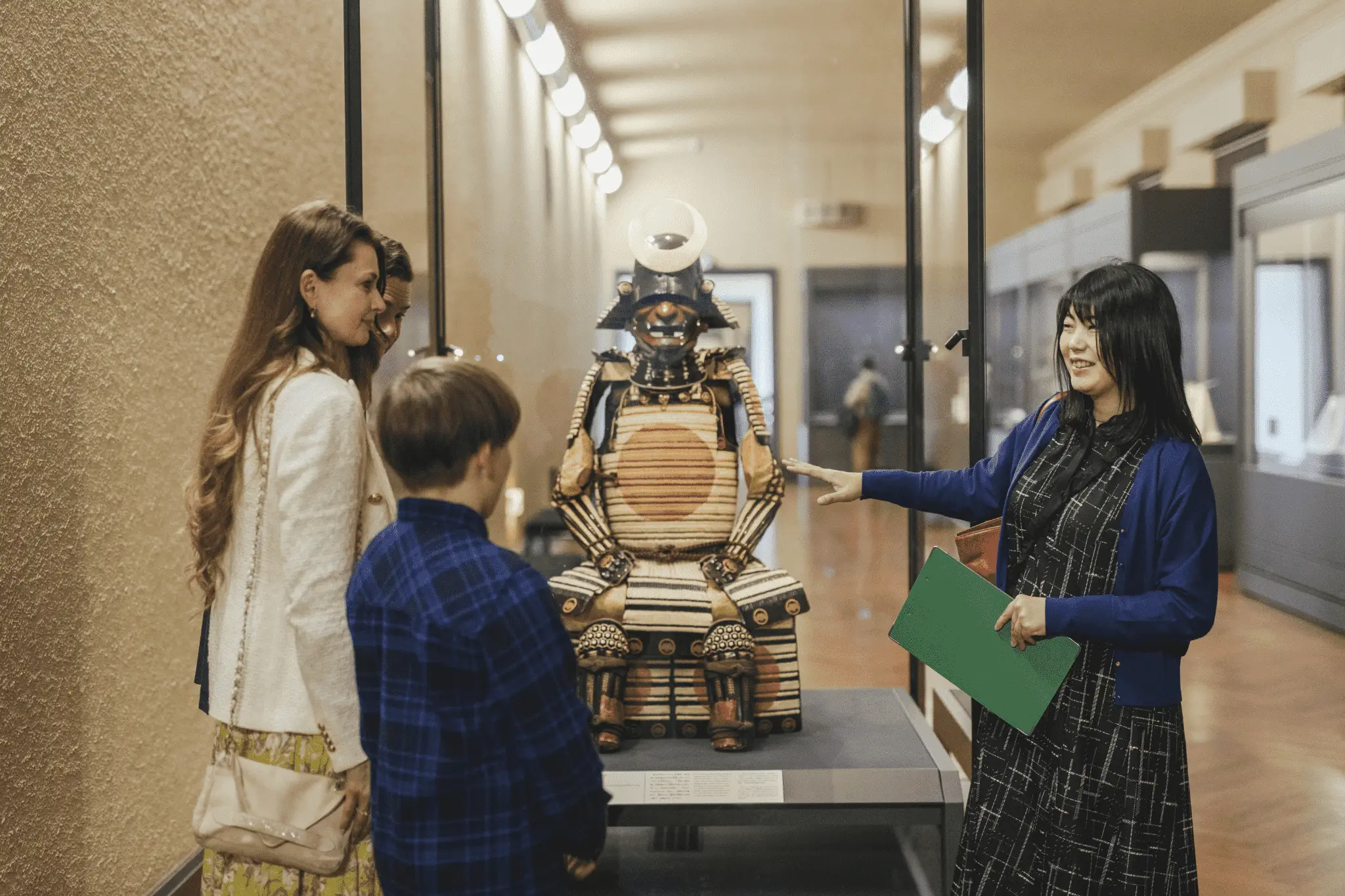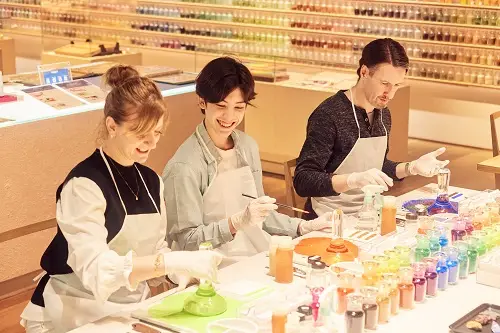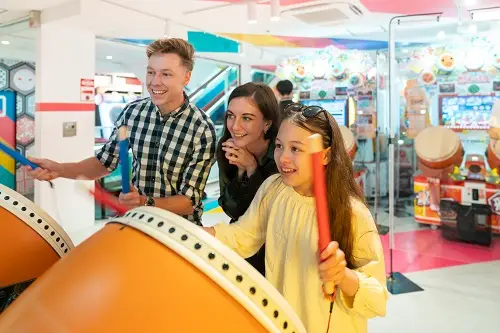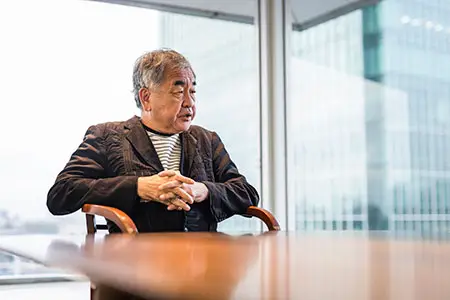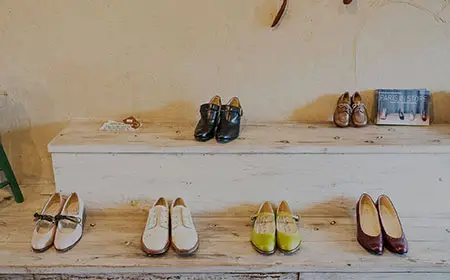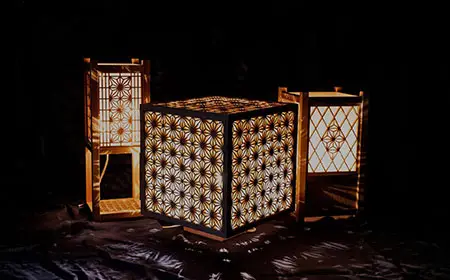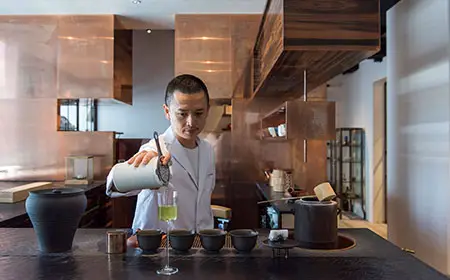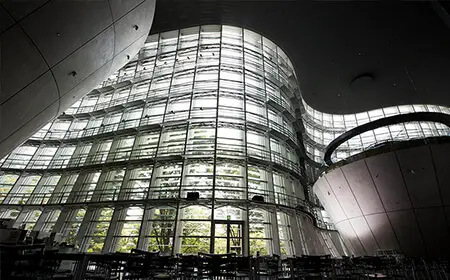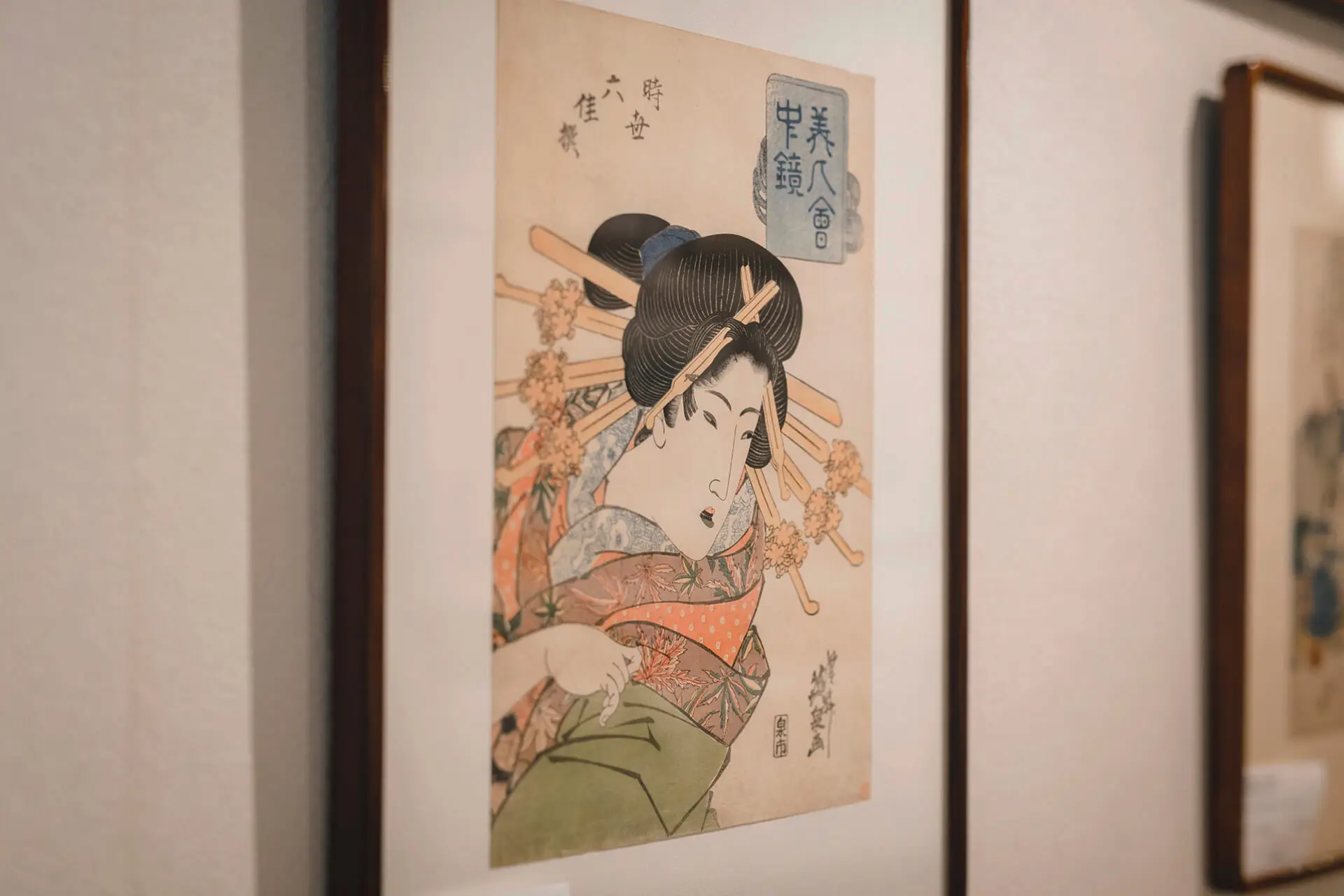
NEW WAVE MEETS TRADITION
Ukiyo-e – the striking woodblock prints that inspired Monet and Van Gogh and set the course of fashion in Edo-era Japan. Uncover your own authentic masterpiece at Hara Shobo in Kanda, and bring home a one-of-a-kind masterpiece of Japanese art.
When people hear Japanese ukiyo-e, many think of Hokusai's The Great Wave. Ukiyo-e, which dates back to the 18th century, is a woodcut print depicting popular places, actors, and the lives of the common people in Edo, now better known as Tokyo. Ukiyo-e at that time were similar to fashion magazines today and something anyone could easily buy. It is said that the Japanese were the only people in the world who could casually access full-color printed material 200 years ago. It was a popular Edo souvenir for the local people, and is still a chosen gift of Japanese art.
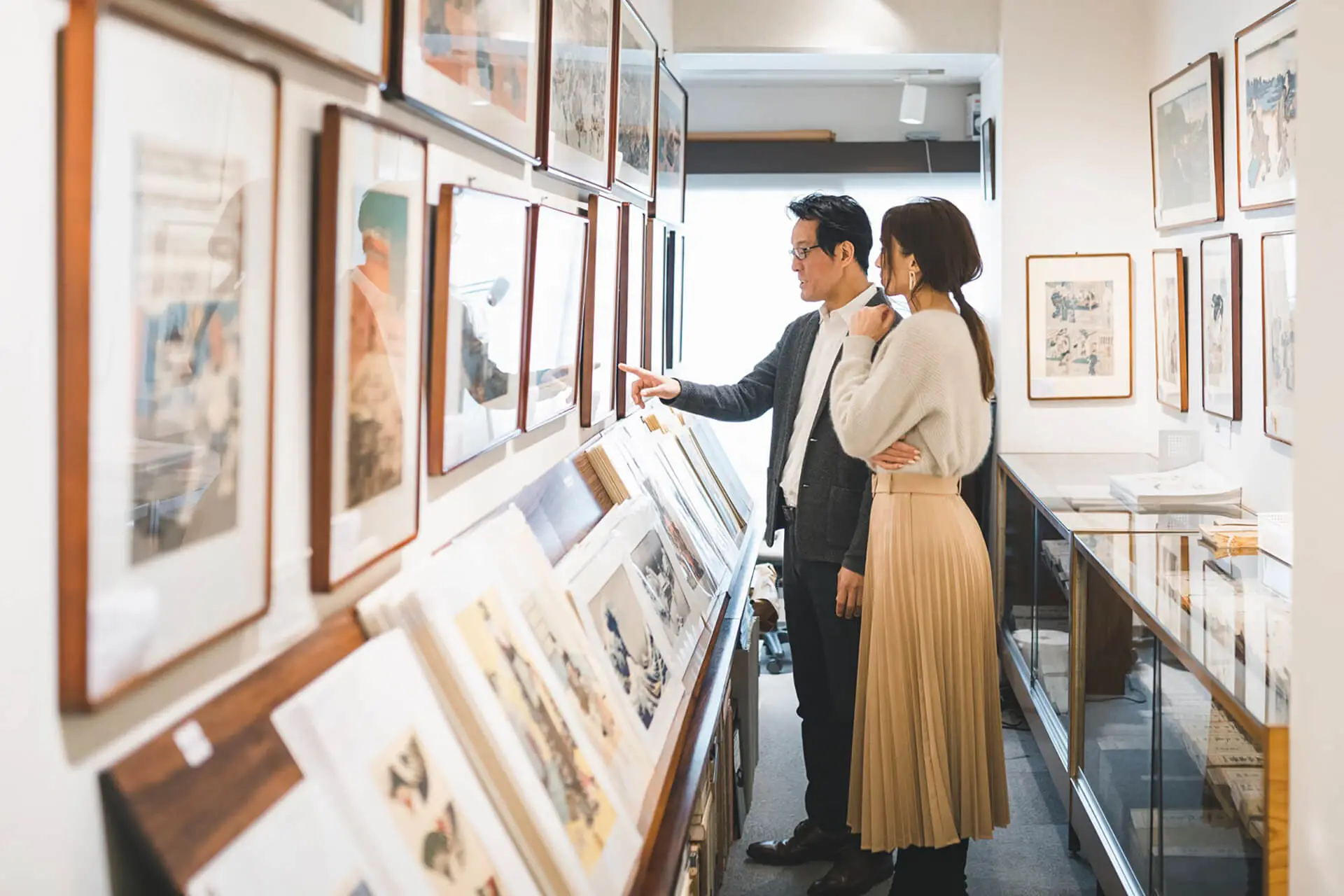
Hara Shobo is an ukiyo-e specialty store located in Kanda, the world's largest area for secondhand books. It is where genuine ukiyo-e prints from the Edo period can be found. The product range is the best in the world, selling high quality ukiyo-e at reasonable prices, and is highly trusted by collectors and museums in both Japan and overseas. Toshiyuki Hara, the third-generation shop owner, explains the creation process of ukiyo-e and the culture of Edo at the time in fluent English. Although it is rare to encounter a genuine ukiyo-e print, Hara attends an exchange meeting in Kanda everyday where secondhand bookstores and collectors from around Japan come to buy and sell items. “I often attend auction overseas, but I believe here, Kanda, is the place where the most ukiyo-e gather in the world. We can find Edo period craftsmanship is a strong element of ukiyo-e prints from that time. The process involves the famous painters such as Hokusai, who are the designers, as well as professional craftsmen who carved and sculptured, and exhibited sophisticated techniques.”
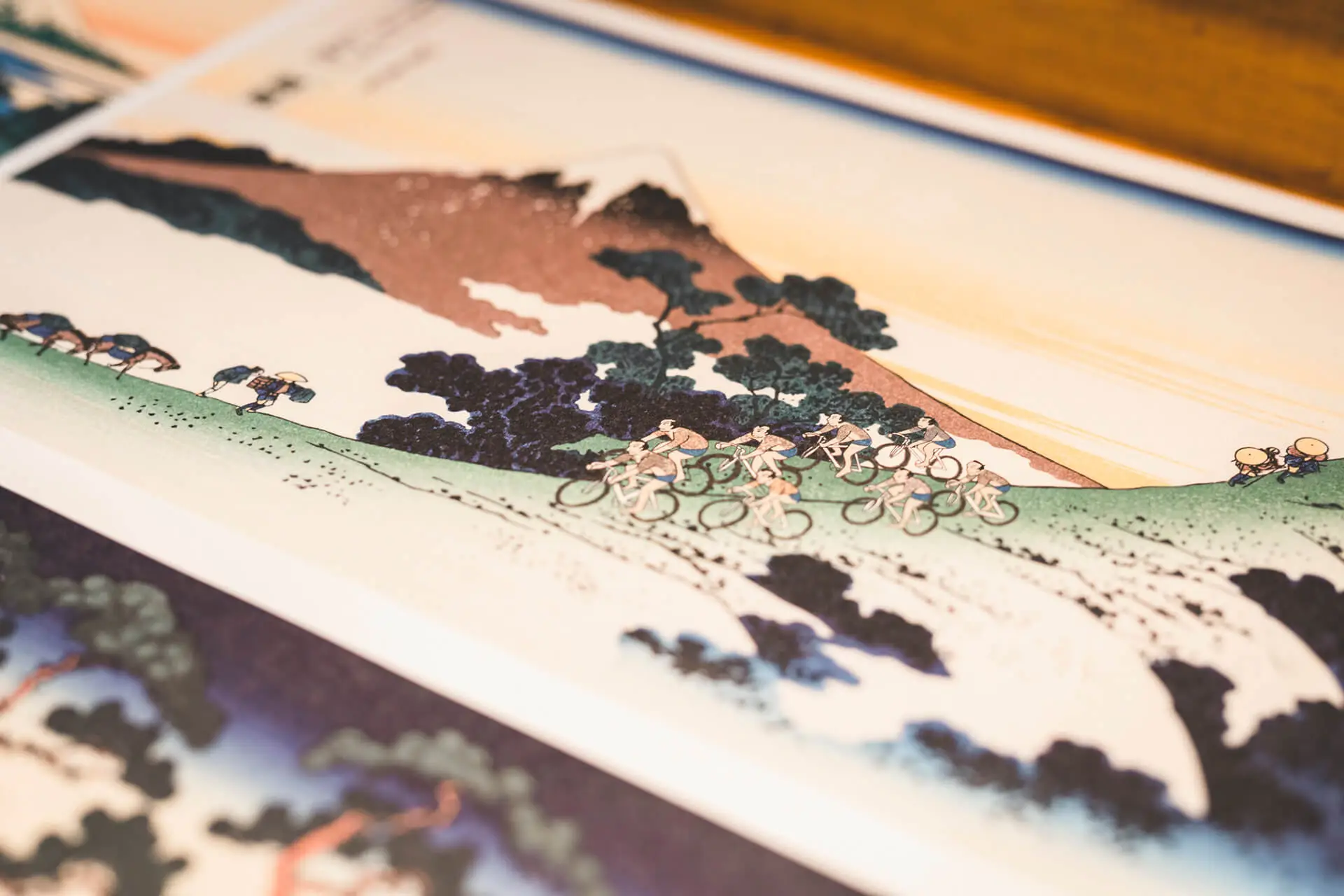
Genuine ukiyo-e prints once influenced internationally renowned painters such as Claude Monet and Van Gogh, but it’s still being reborn as a contemporary ukiyo-e prints by artists today. “The Tokyo Ukiyo-e Colosseum” is a unique initiative that brings to life the lives of modern-day people, as well as sports and things in the style of ukiyo-e. Designer Yamazaki says, “We create your own original Ukiyo-e. For example, you can surf on The Great Wave, walk in the city of Edo, or make yourself appear in any other way in the world of ukiyo-e. I hope to convey the fun and humor of this unbalance where modern-day characters appear in the good old days of the Edo period painted in ukiyo-e.” Pencils, pens and computers are used for the process. Drawing and then the highlighting of the outline using pens, and then the colors are added using computers. The basic process is the same as woodcut ukiyo-e actually. “I can draw fine lines that aren’t achievable with woodcuts using pens. I hope that Japanese people as well as those abroad, enjoy ukiyo-e more freely as an art form that lives today, and not in the past.”
